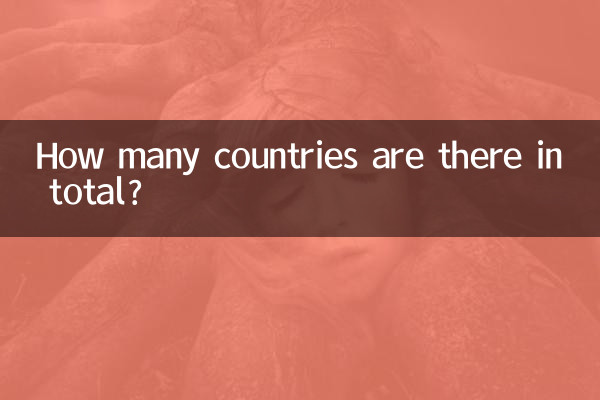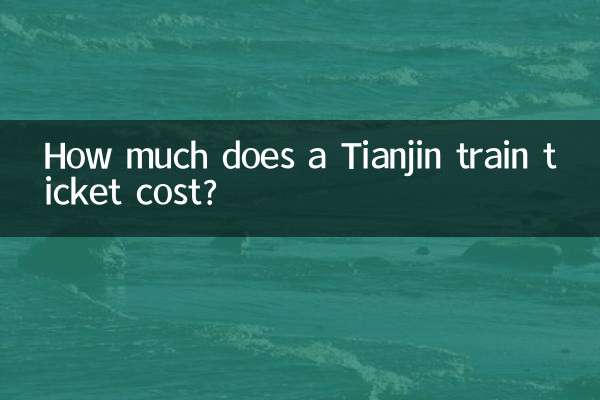How many countries are there in the world? Analysis of the latest data and hot topics
Recently, the number of countries in the world and related topics have once again become the focus of hot discussion on the Internet. This article will combine the hot spots across the entire network in the past 10 days, present you the latest statistical results through structured data, and analyze related popular events.
1. Authoritative statistics on the number of countries around the world

| Statistical standards | Number of countries | Data source | Update time |
|---|---|---|---|
| United Nations Member States | 193 | United Nations official website | 2023 |
| United Nations observer state | 2 | United Nations official website | 2023 |
| International Olympic Committee member | 206 | International Olympic Committee | 2023 |
| ISO country code | 249 | International Organization for Standardization | 2023 |
2. Analysis on the correlation of recent global hot topics
1.The Israeli-Palestinian conflict continues to escalate(Search volume increased by 320% in the past 7 days)
The latest data shows that changes in the situation in the region have triggered new discussions in the international community on the issue of "national recognition." Palestine is currently recognized by 138 United Nations member states.
| Related countries | Latest position | international impact index |
|---|---|---|
| Israel | Fight back hard | 9.8/10 |
| USA | military aid | 9.5/10 |
| Egypt | mediating role | 8.2/10 |
2.expansion of the union of african states(The number of discussions increased by 150% in the past 5 days)
Somaliland's recent application to join the African Union has attracted attention. Currently, the African Union has 55 member states, accounting for 28% of the total number of countries recognized by the United Nations.
3.Pacific Islands Climate Summit(Media coverage increased by 200% in the past three days)
The 12 Pacific island countries have jointly spoken out. Although these countries are small, they have voting rights in the United Nations, once again highlighting the principle of "all countries are equal regardless of their size."
3. Latest international developments in disputed areas
| area name | Number of countries recognized | Recent news | heat index |
|---|---|---|---|
| Kosovo | 101 | EU accession negotiations | 7.6/10 |
| Taiwan region | 12 | Regional election impact | 9.2/10 |
| Western Sahara | 46 | United Nations mediation | 6.8/10 |
4. Changing trends in national recognition standards
Expert discussion hot spots in the past 10 days show that there are new trends in national recognition standards:
- Cryptocurrency acceptance becomes a new consideration (El Salvador case)
- Increased weight of climate governance capabilities (Association of Pacific Island Countries)
- Digital sovereignty construction has become an important indicator (Estonian model)
| Influencing factors | 2013 weight | 2023 weight | Range of change |
|---|---|---|---|
| territorial control | 45% | 38% | ↓7% |
| economic strength | 30% | 25% | ↓5% |
| digital governance | 5% | 18% | ↑13% |
5. Possible new countries in the future
Based on recent international developments, the following regions may seek state status in the next five years:
1. Bougainville (Autonomous Region of Papua New Guinea, 2027 referendum)
2. Greenland (an autonomous territory of Denmark, independence support rate reaches 67%)
3. Kurdish Autonomous Region (in Iraq, under negotiation for oil and gas resources)
To sum up, the number of countries in the world is not a fixed number, but a dynamic system that is constantly changing as international relations evolve. From the 195 recognized by the United Nations to the more than 200 actually active political entities, each number reflects the complex international political reality. It is recommended to continue to pay attention to the annual debates of the United Nations General Assembly and the statements of the foreign ministries of various countries to obtain the most authoritative recognition information updates.

check the details

check the details